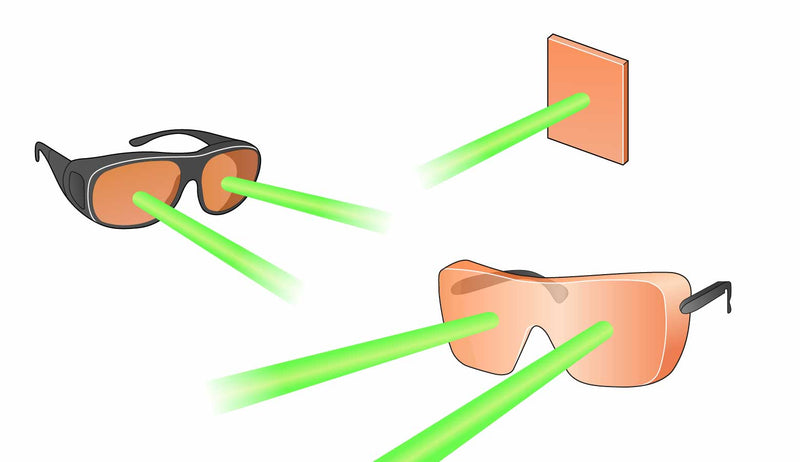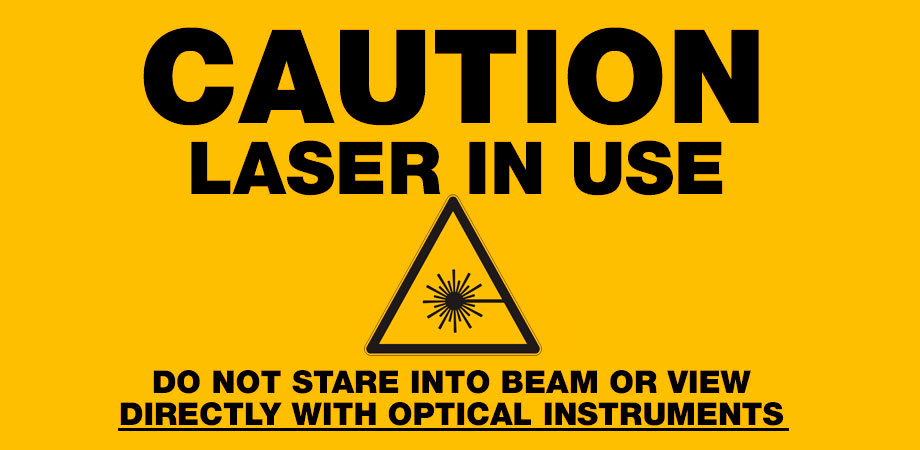Good Ideas On Deciding On A Safe Laser Therapy
Good Ideas On Deciding On A Safe Laser Therapy
Blog Article
What Is The Most Safe Low-Level Laser Treatment (Lllt) For Ulcerative Wunds?
Safe Laser low level laser therapy (LLLT) (LLLT), which is a type of low-level light that can treat wounds caused by ulcers using several ways. It also stimulates the fibroblast collagen and angiogenesis processes (formation of blood vessels) which are all important for healing of wounds. This may help speed up the healing of ulcerative wounds.
Reduced inflammation- LLLT has anti-inflammatory properties through the inhibition of the release of proinflammatory cytokines. LLLT can reduce inflammation, which may slow healing and exacerbate the damage to tissues in ulcerative injuries.
Pain Relief- LLLT regulates pain perception by altering nerve conduction and reducing the release pain-related mediators like substance P. In ulcerative wounds, which can be associated with extreme discomfort and pain, LLLT can help alleviate pain and improve the overall experience of the patient.
Increased Blood circulation LLLT stimulates microcirculation as well as vasodilation. This results in an increase in blood flow towards the wound. Improved blood circulation delivers oxygen and nutrients to tissues, which aids in healing and helping to eliminate of waste products and toxins from the wound.
LLLT has antimicrobial properties which decrease the possibility of infections on ulcerative sores. Through promoting the clearance of bacterial waste and preventing further colonization of the wound site, LLLT can help reduce the chance of developing wound infections and promote faster healing.
LLLT assists in the reduction of wounds that are ulcerative. This is done by encouraging tissue regeneration and the remodeling. Through stimulating collagen production fibers and encouraging aligning of collagen bundles, LLLT may help to produce more robust scar tissue.
Safe Laser low-level laser therapy is a non-drug, non-invasive way to treat wounds that are ulcerative. It encourages faster healing, less pain, and more favorable overall wound outcomes. It is crucial to speak with a medical professional about the appropriate treatment of wounds. Check out the recommended safe laser 1800 for blog recommendations including lézer bérlés, gyógyító lézer, gyógyító lézer, lágylézer készülék, safe laser készülék, lágylézer hatása, lágylézer készülékek, lágylézer kezelés, laser hu, lágy lézer vélemények and more.
What Can Low-Level Laser Therapy Aid In Ear Problems (Lllt?)
Low-level laser therapy can be employed to treat a wide range of ear disorders. LLLT helps to reduce swelling and pain in situations like otitis intermedia (inflammation of the ear's outer).
Pain Relief- LLLT alters the perception of pain by altering nerve conduction and reducing the release of pain-related mediators such as substance P. For ear problems such as otitis media, or earaches, LLLT can help alleviate pain and discomfort, providing relief for individuals experiencing ear-related discomfort.
Improved Tissue Repair and Regeneration- LLLT accelerates the process of tissue repair and renewal by stimulating cell metabolism. For conditions such as Otitis media and eardrum perforations, LLLT can help promote faster healing of damaged tissues, thus reducing the chance of complications and improving overall ear health.
Improved Blood Circulation- LLLT increases vasodilation and microcirculation and results in a greater circulation of blood to ear tissues. Improved Blood Circulation can help supply oxygen and nutrients to tissues that are damaged or inflamed and promote healing.
Tinnitus Treatment- LLLT was studied as a possible treatment option for Tinnitus. Tinnitus causes a ringing or buzzing sound that can be heard in the ear. While the exact mechanism is not understood, LLLT can help improve blood circulation and reduce inflammation in the auditory system and reduce tinnitus.
LLLT is efficient in the reduction of earwax. By breaking down and softening earwax that has built up and accumulated, it is able to be eliminated more easily and reduce the risk for infections. This is particularly beneficial for those who are prone to an excessive amount of earwax production or have an earwax obstruction.
Secure Laser low-level laser therapy is a non-drug, non-invasive way to manage issues with the ear. It can offer relief from pain, inflammation and earwax build-up. Before using LLLT for treating ear problems you must consult an ENT specialist. They can give you the right diagnosis and recommendations for treatment. Read the top rated safe laser for website examples including safe laser bérlés, gyógyító lézer készülékek, safe laser vélemények, lézeres fájdalomcsillapítás, gyógyító lézer, lágylézer hatása, gyógyító lézer, lágylézer árak, lezeres kezeles, lágy lézer vélemények and more. 
How Long Will It Take Before A Laser Device Can Have An Effect On Healing Of Wounds?
Safe Laser Low-Level Laser Therapy (LLLT) is efficient in healing wounds. But, it is contingent on many factors, including the type and extent of the wound as well as the person's response to the treatment. In general, a series of LLLT sessions for a specific period is recommended to promote the best wound healing.The number of LLLT sessions needed for wound healing is determined by many factors.
The amount of LLLT treatments required can be affected by the type and severity the wound. The number of sessions needed for smaller, less severe injuries may be lower than those for more severe and more serious injuries. Also, chronic wounds as well as wounds with underlying medical conditions might require more sessions to heal optimally.
The process of healing wounds can also affect the number of LLLT procedures required. The methods of treatment may differ based on whether the wound is in an inflammation phase, proliferative phase, remodelling phase, or different phases. LLLT has the potential to be employed at any point of healing to promote tissue repair.
Individual Response- Individual variables such as overall health and immune function influence how well a wound heals with LLLT. Certain people heal wounds faster and react to treatment quicker and others may require more time.
Treatment plan- The treatment protocol recommended by a doctor has a significant impact on the frequency and amount of LLLT treatments to heal wounds. Healthcare providers can customize treatment plans for each individual. This might include scheduling LLLT at different times each week over a period of duration.
Some patients may notice improvements in their wounds after a few LLLT treatments, whereas others might require more intensive treatment to achieve the best outcomes. To reap the maximum benefits of LLLT it is essential to adhere to the treatment schedule and attend all scheduled sessions. In addition, continuous monitoring of the healing process and communicating with a healthcare provider are crucial to ensure the proper treatment and adjustments to the treatment plan as required.